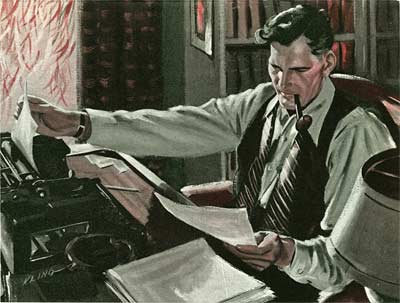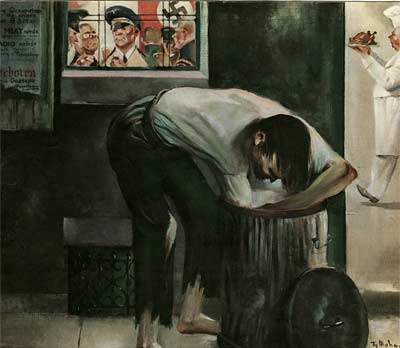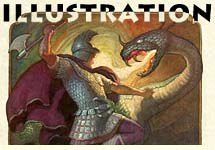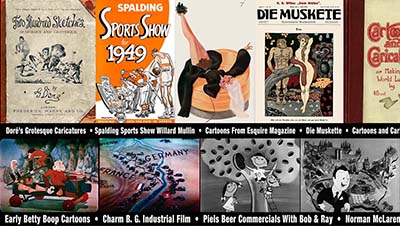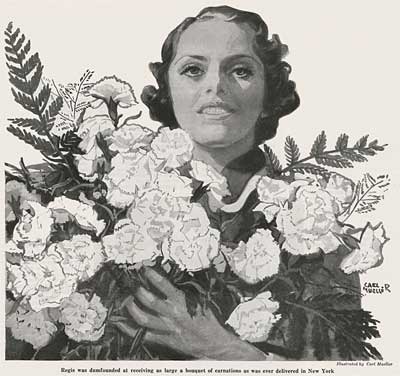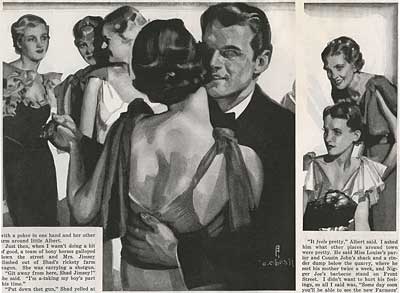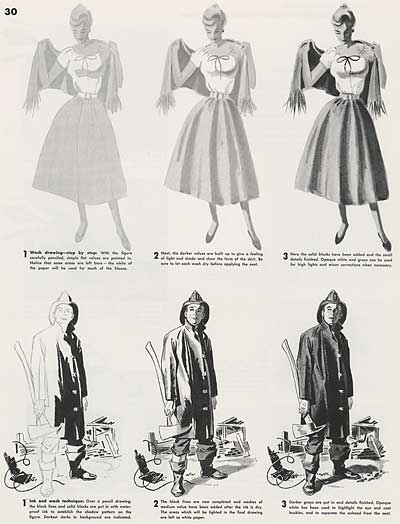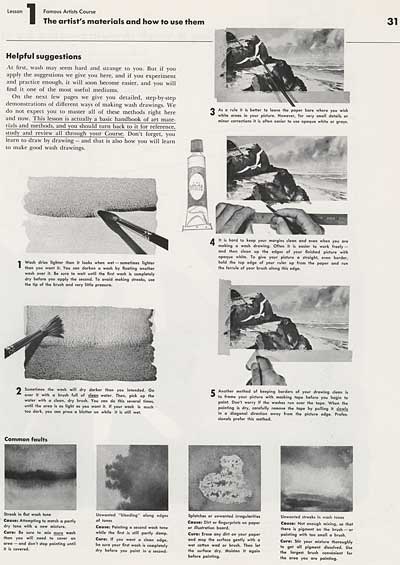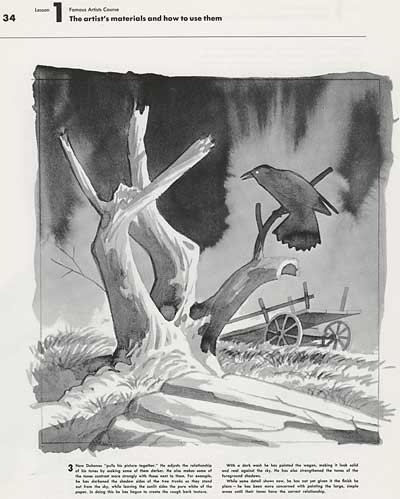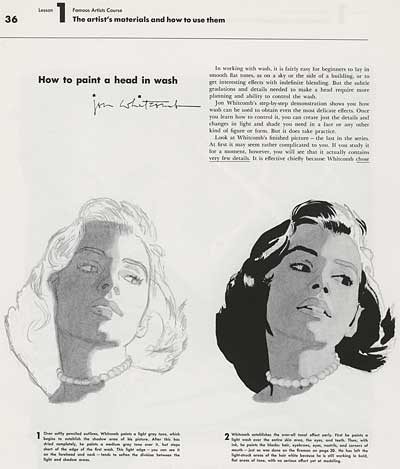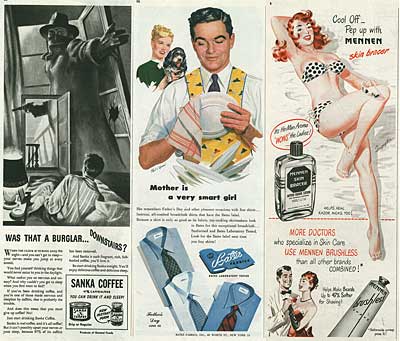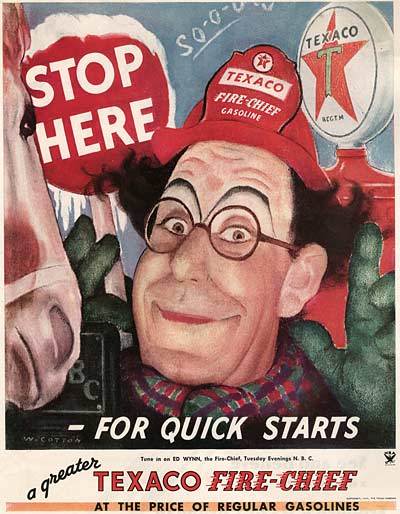
![]() Thanks to Animation Resources supporters Kent Butterworth and Mike Fontanelli, our database includes many great examples of classic illustration from the pages of the "Rolls Royce" of weekly publications, Colliers magazine.
Thanks to Animation Resources supporters Kent Butterworth and Mike Fontanelli, our database includes many great examples of classic illustration from the pages of the "Rolls Royce" of weekly publications, Colliers magazine.
Today, we turn our attention to a very interesting time in American history, WWII. The war effort permeated everyday life throughout the nation, from the richest person all the way down to the poorest. This magazine reflects that, with feature stories, illustrations and ads that all reflect wartime themes.

![]() At the time this issue was published, circulation for Colliers was nearing 2.5 million readers. By the mid 50s, circulation would rise to 4 million copies, but it wasn’t enough to save the magazine. Competition for ad revenues with television spelled doom for many of the big magazines, and Colliers was forced to go biweekly in 1953, ceasing publication altogether in 1957.
At the time this issue was published, circulation for Colliers was nearing 2.5 million readers. By the mid 50s, circulation would rise to 4 million copies, but it wasn’t enough to save the magazine. Competition for ad revenues with television spelled doom for many of the big magazines, and Colliers was forced to go biweekly in 1953, ceasing publication altogether in 1957.
At Colliers, the illustrator was king, and many great artists filled its pages over the years, from Charles Dana Gibson, Maxfield Parrish, Arthur Szyk and F.X. Leyendecker.
If you are interested in classic magazine illustration, see our articles 1930s and 40s Colliers Illustrations and Wash Painting: In Praise of Happy Accidents. Also make sure to check out the modern illustration section of our online exhibit dealing with illustration for our articles on Coronet magazine, Lawson Wood, Arthur Szyk and Earl Oliver Hurst.
Thanks to Mike Fontanelli for contributing these great vintage magazines to be digitized for the Animation Resources digital archive project.
Stephen Worth
Director
Animation Resources
This posting is part of a series of articles comprising an online exhibit spotlighting Illustration.
THIS IS JUST THE TIP OF THE ICEBERG!
Animation Resources has been sharing treasures from the Animation Archive with its members for over a decade. Every other month, our members get access to a downloadable Reference Pack, full of information, inspiration and animation. The RefPacks consist of e-books jam packed with high resolution scans of great art, still framable animated films from around the world, documentaries, podcasts, seminars and MORE! The best part is that all of this material has been selected and curated by our Board of professionals to aid you in your self study. Our goal is to help you be a greater artist. Why wouldn’t you want to be a member of a group like that?
Membership comes in three levels. General Members get access to a bi-monthly Reference Pack as well as a Bonus RefPack from past offerings in the in-between months. We offer a discounted Student Membership for full time students and educators. And if you want to try out being a member, there is a Quarterly Membership that runs for three months.
JOIN TODAY!
https://animationresources.org/membership/levels/
FREE SAMPLES!
Not Convinced Yet? Check out this SAMPLE REFERENCE PACK! It will give you a taste of what Animation Resources members get to download every other month! That’s 560 pages of great high resolution images and nearly an hour of rare animation available to everyone to download for FREE! https://animationresources.org/join-us-sample-reference-pack/
![]()
![]() Animation Resources depends on your contributions to support its projects. Even if you can’t afford to join our group right now, please click the button below to donate whatever you can afford using PayPal.
Animation Resources depends on your contributions to support its projects. Even if you can’t afford to join our group right now, please click the button below to donate whatever you can afford using PayPal.















